I start building up a small winform with Copy button and a label under this button. When I click on Copy button it starts to copy files from source to destination. I would like to run this asynchroniously so I don't want form to be freezed while copy operation runs. That's why I use Job. After a successful copy I need feedback of copy and show an "OK" text with green color but it is not working.
Here is my code:
[void][System.Reflection.Assembly]::LoadWithPartialName("System.Windows.Forms")
[System.Windows.Forms.Application]::EnableVisualStyles()
Function Copy-Action{
$Computername = "testclient"
$Source_Path = "C:\temp\"
$Destination_Path = "\\$Computername\c$\temp"
$job = Start-Job -Name "Copy" -ArgumentList $Source_Path,$Destination_Path –ScriptBlock {
param($Source_Path,$Destination_Path)
Copy-Item $Source_Path -Destination $Destination_Path -Recurse -Force
}
Register-ObjectEvent $job StateChanged -MessageData $Status_Label -Action {
[Console]::Beep(1000,500)
$Status_Label.Text = "OK"
$Status_Label.ForeColor = "#009900"
$eventSubscriber | Unregister-Event
$eventSubscriber.Action | Remove-Job
} | Out-Null
}
# DRAW FORM
$form_MainForm = New-Object System.Windows.Forms.Form
$form_MainForm.Text = "Test Copy"
$form_MainForm.Size = New-Object System.Drawing.Size(200,200)
$form_MainForm.FormBorderStyle = "FixedDialog"
$form_MainForm.StartPosition = "CenterScreen"
$form_MainForm.MaximizeBox = $false
$form_MainForm.MinimizeBox = $true
$form_MainForm.ControlBox = $true
# Copy Button
$Copy_Button = New-Object System.Windows.Forms.Button
$Copy_Button.Location = "50,50"
$Copy_Button.Size = "75,30"
$Copy_Button.Text = "Copy"
$Copy_Button.Add_Click({Copy-Action})
$form_MainForm.Controls.Add($Copy_Button)
# Status Label
$Status_Label = New-Object System.Windows.Forms.Label
$Status_Label.Text = ""
$Status_Label.AutoSize = $true
$Status_Label.Location = "75,110"
$Status_Label.ForeColor = "black"
$form_MainForm.Controls.Add($Status_Label)
#show form
$form_MainForm.Add_Shown({$form_MainForm.Activate()})
[void] $form_MainForm.ShowDialog()
Copy is successful but showing an "OK" label won't. I have placed a Beep but it doesn't work too. What am I doing wrong ? Any solution to this? Thank you.


